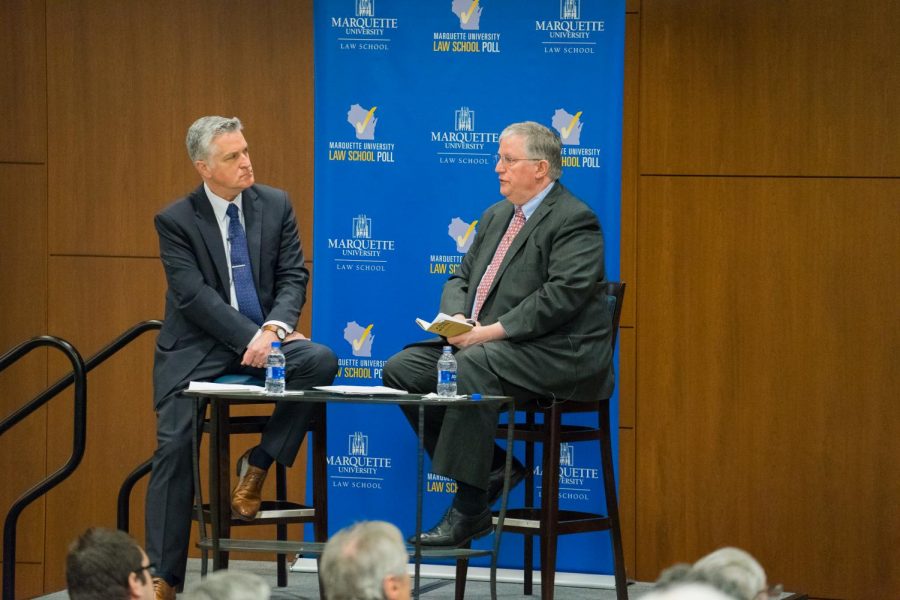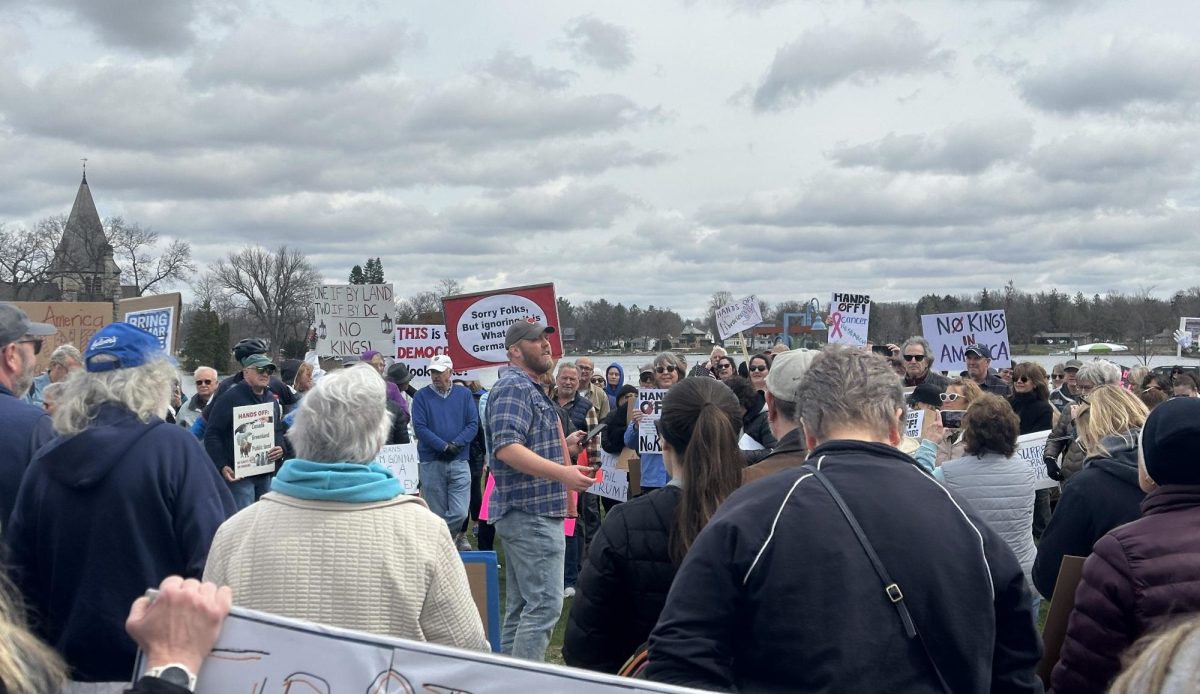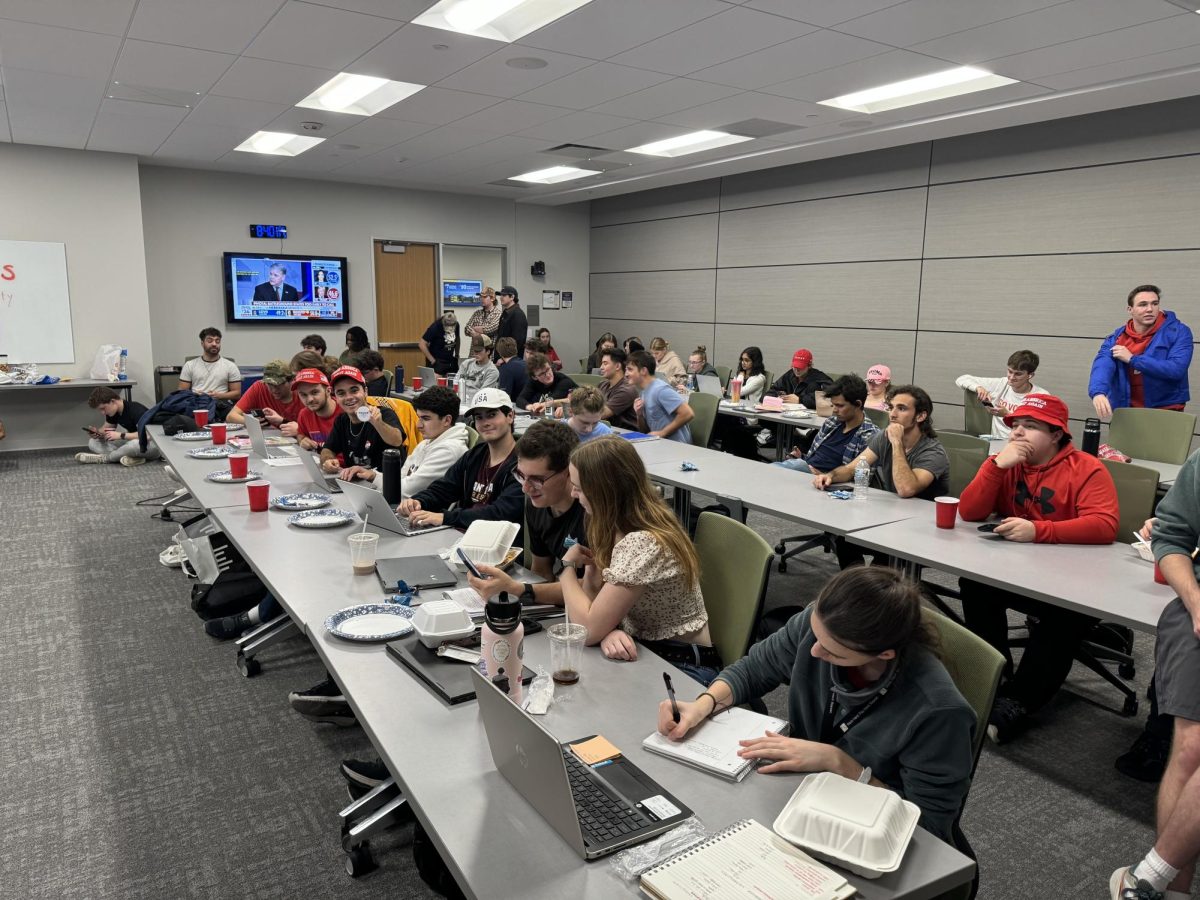The most recent Marquette Law School Poll, released June 24, found that since January, support for Democratic presidential candidate Joe Biden among Wisconsin registered voters has fluctuated between 46 and 49% while President and incumbent Donald Trump has, until now, stayed between 43 and 46%, according to the poll. The two were tied in February at 46%, and Trump has now reached his lowest support in Wisconsin this calendar year.
Support for Biden has increased to 49% from May’s finding of 46% while support for Trump has dropped to 41% from May’s 43%. In both polls, 10% of respondents said that they would either not vote or don’t know who they would vote for.
June’s poll was conducted between June 14 and 18 of this year and sampled 805 Wisconsin registered voters. The respondents were interviewed by landline or cell phone, and the poll results have a margin of error of +/- 4.3 percent.
Voter preference by party identification mirrored approval ratings by party identification, showing decreased support for Trump among Republicans and Independents.
Trump’s overall job approval has also fallen to the lowest this calendar year, with only 45% of respondents approving of his performance in office. According to the news release, Trump’s approval rating hasn’t been this low since August 2019.
In May, Trump was viewed favorably by 44% of respondents and unfavorably by 51%. The June results have shifted to 42% and 54%, respectively.
Views on race and the police vary significantly by demographic in the poll. Overall, 61% approve of mass protests supporting the Black Lives Matter movement while 36% disapprove. This changes to 74% and 24%, respectively, for Black respondents. Among Hispanic respondents, 81% approve and 31% disapprove. Among White respondents, these numbers shifted to 59% and 38%, respectively.
Overall, 72% of respondents view police favorably while 18% view police unfavorably. Among white respondents, 76% view police favorably while 15% view police unfavorably. In contrast, these numbers are 50% and 38%, respectively, for Hispanic respondents and even lower at 39% and 49%, respectively, for Black respondents.
Among white respondents, 8% said the police made them feel anxious while 44% of Black respondents said police made them feel anxious.
Since March, concern about the COVID-19 pandemic has dropped. According to the June poll, 19% are very worried, 36% are somewhat worried, 21% are not very worried, and 24% are not worried at all. In March, 30% were very worried, 40% were somewhat worried, 18% were not very worried, and 11% were not worried at all.
Wisconsin’s Safer at Home order was ended May 13 after the Wisconsin Supreme Court ruled that it must end immediately despite Governor Tony Evers’ extension of the order until May 26, according to the Milwaukee Journal Sentinel.
Fifty-four percent are comfortable with students’ return to schools this fall while 38% are not comfortable with this course of action.
Perceived job loss has decreased from 15% of respondents in May to 13% in June. Respondents’ outlook for the economy over the next year has also improved since May.
According to the Federal Reserve Bank of St. Louis Economic Research database, which draws data from the U.S. Bureau of Labor Statistics, Wisconsin unemployment was 3.1% in March but rose to 13.6% in April. It has now dropped slightly to 12%.
In the last poll, 45% of respondents predicted improvement while 31% predicted a decline. According to June’s results, 50% of respondents predict improvement while 19% predict a decline.
This story was written by Shir Bloch. She can be reached at shir.bloch@marquette.edu.













